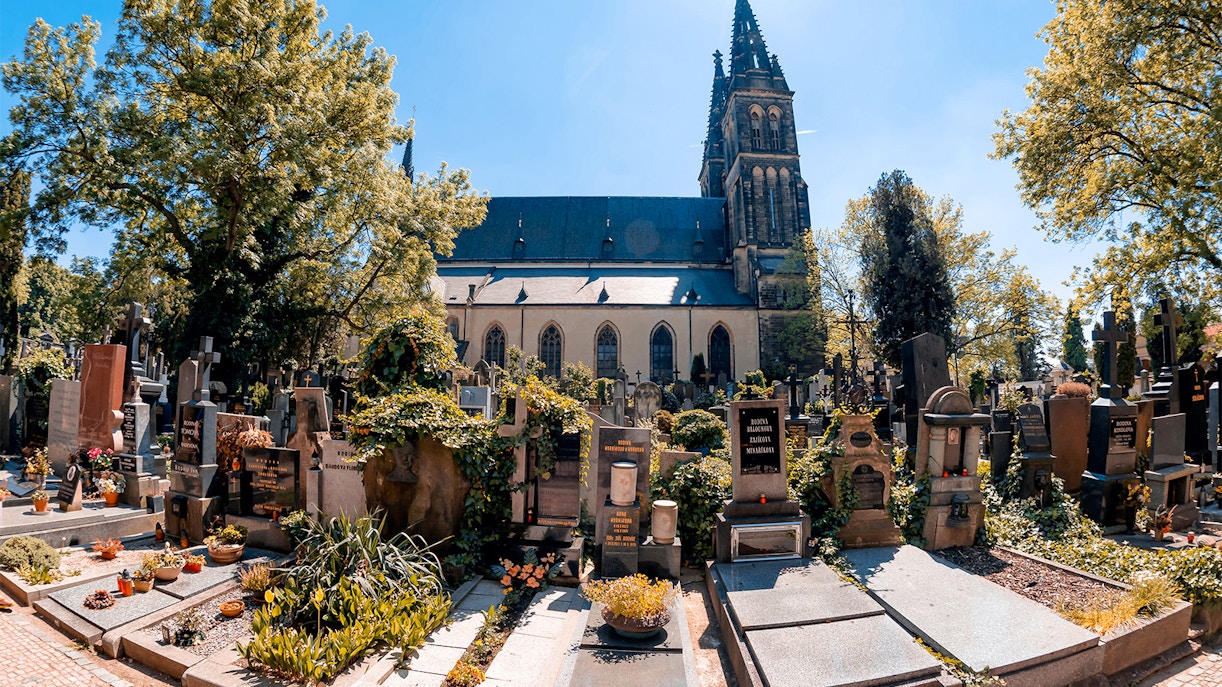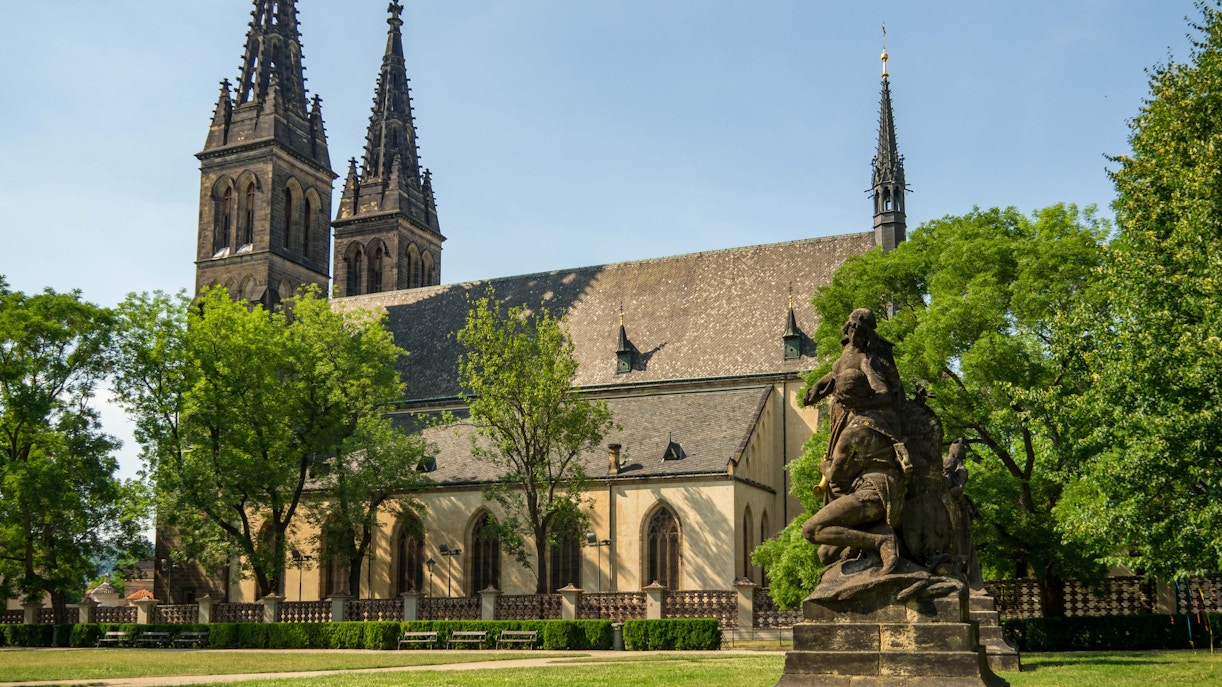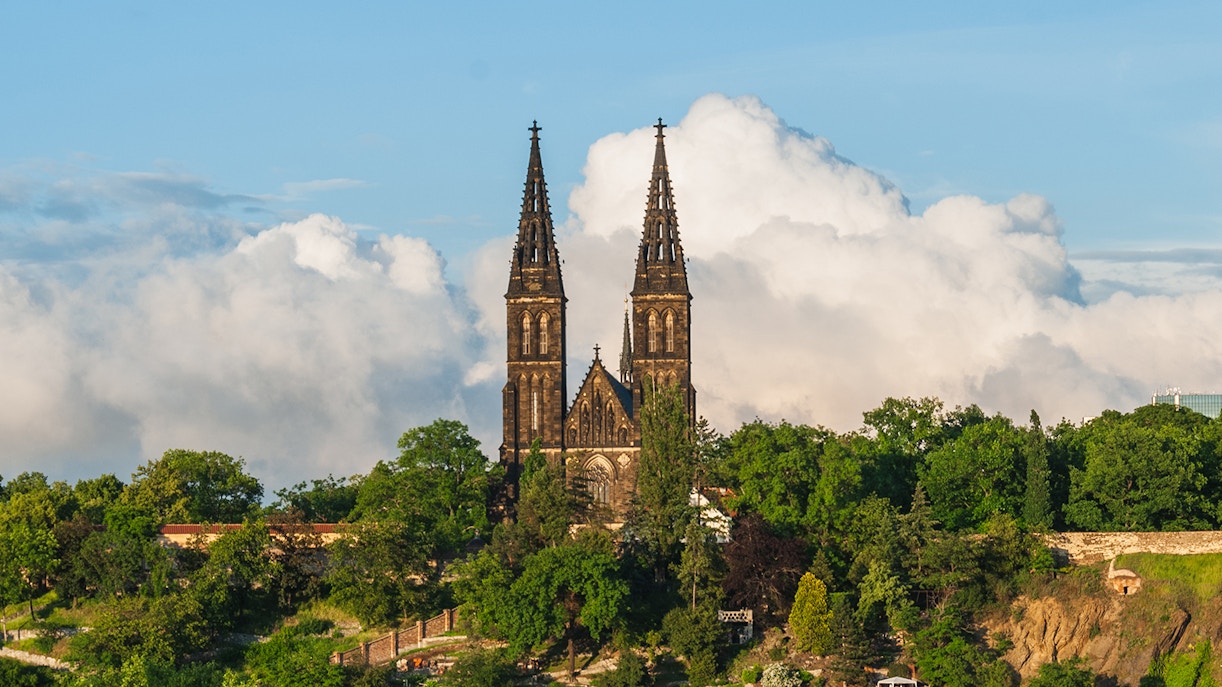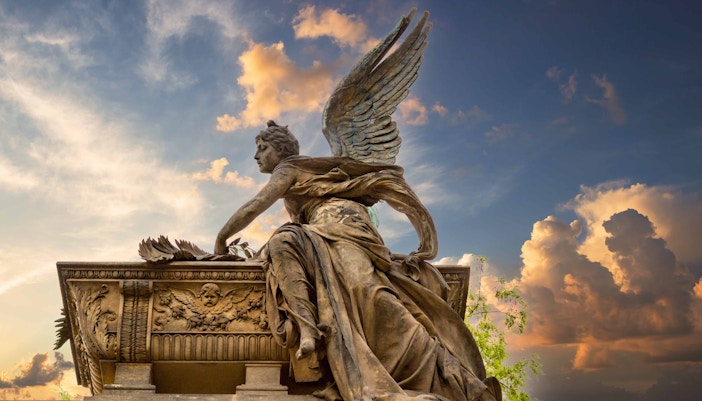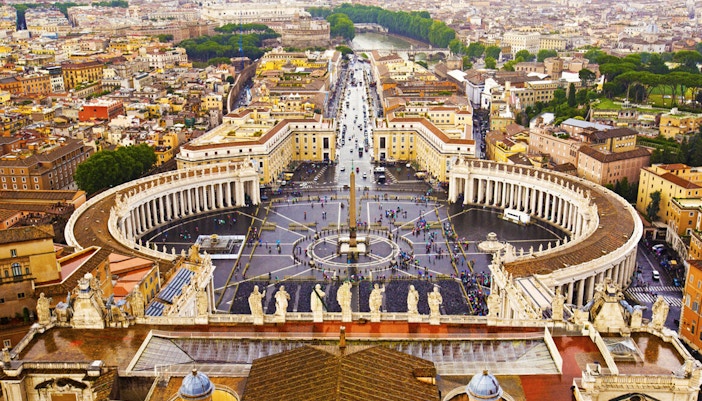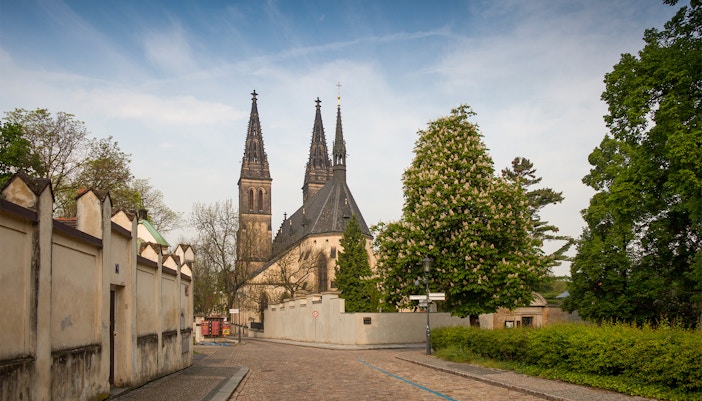The Vysehrad cemetery has held immense significance in Czech history and is renowned as the final resting place of eminent personalities from the country’s past. Not only that, but it is also special since it is Vysehrads last standing cemetery dating from the Middle Ages.
Today, the Vyšehrad cemetery is the resting place of 600 notable names from all fields of Czech culture and politics. Among the famous personalities buried here, are the music composer Bedřich Smetana; the writer Karel Čapek; painter Alphonse Mucha; and the inventor František Křižík as well as the Nobel Prize laureate Jaroslav Heyrovský.
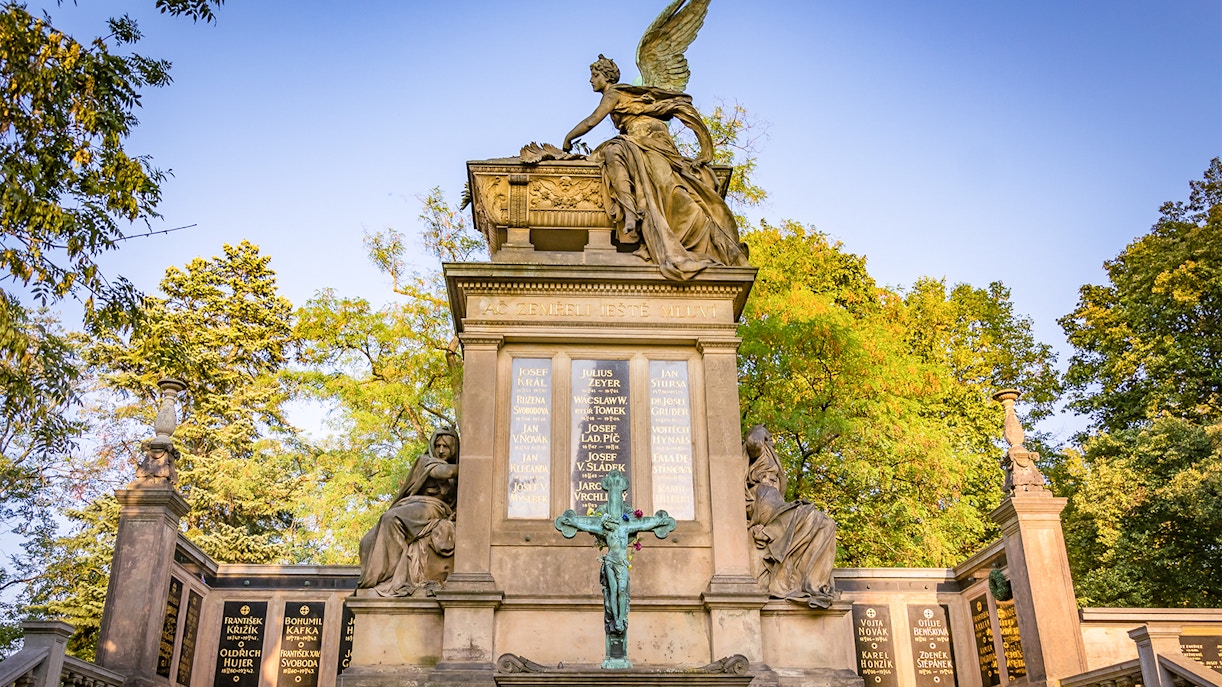
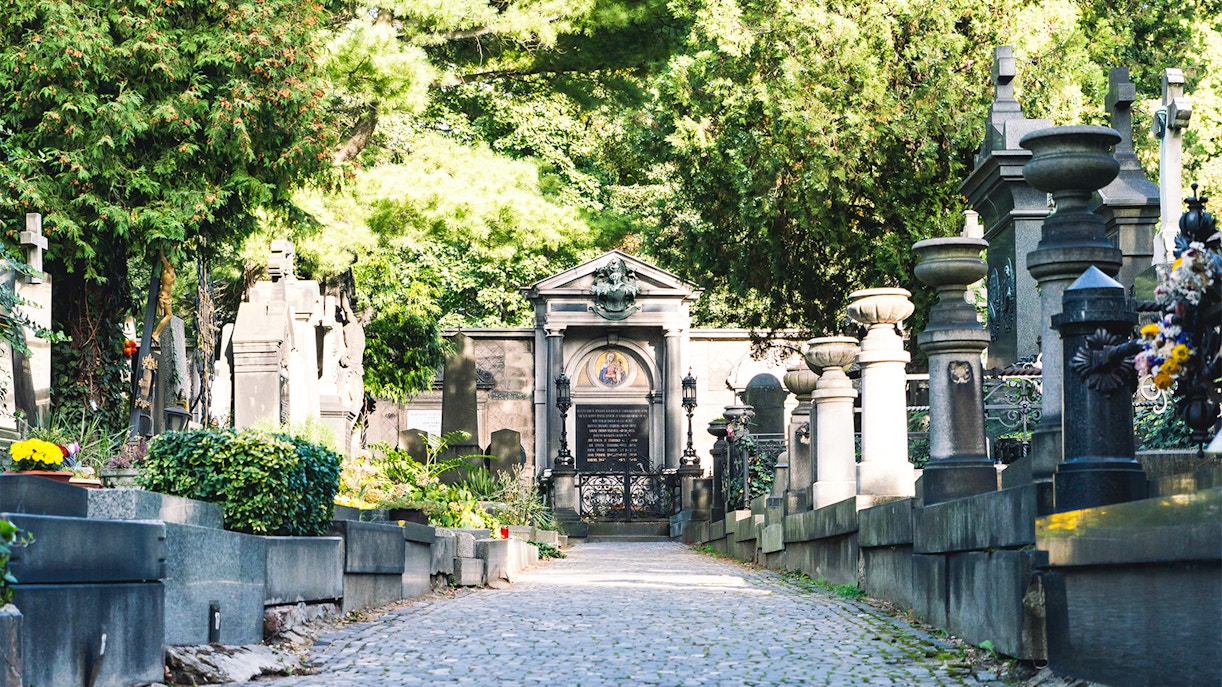
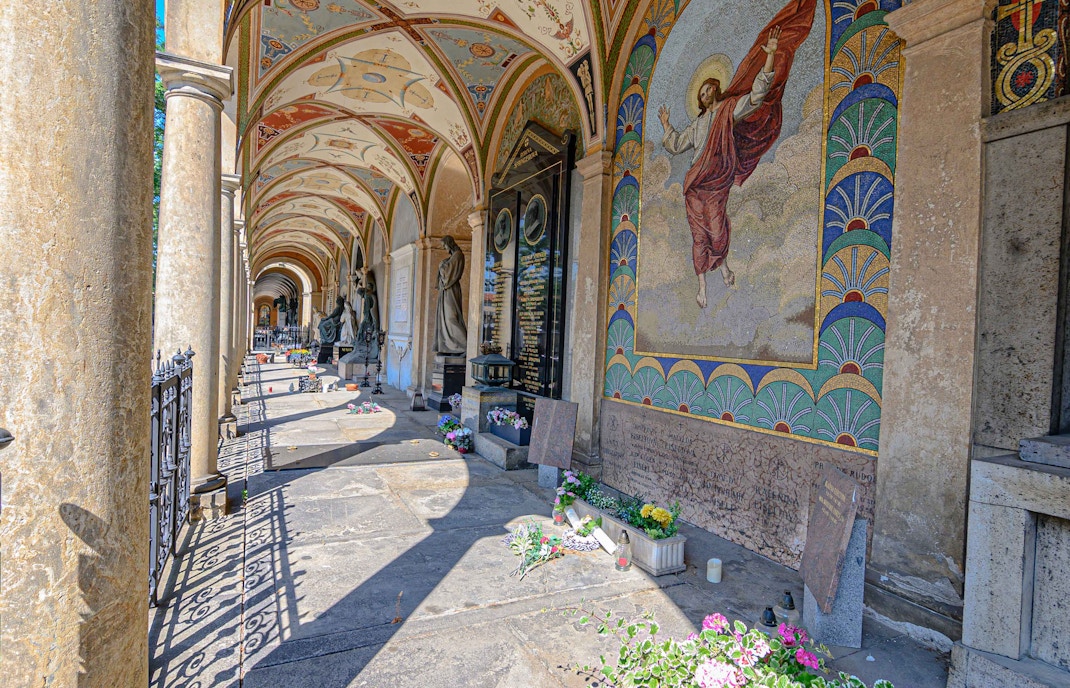
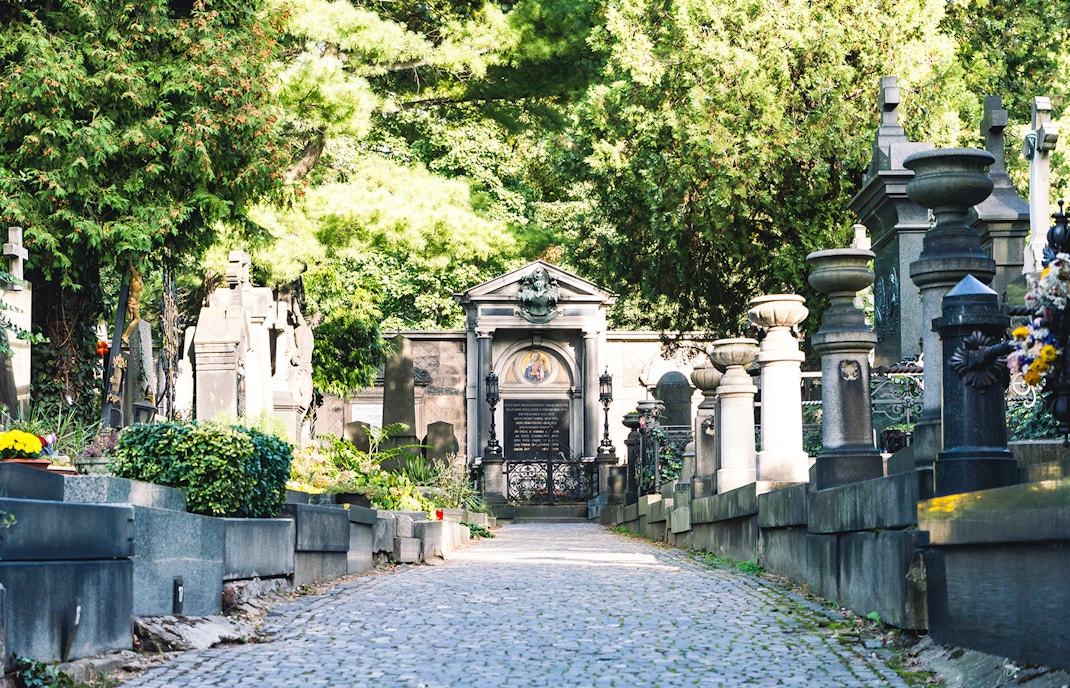
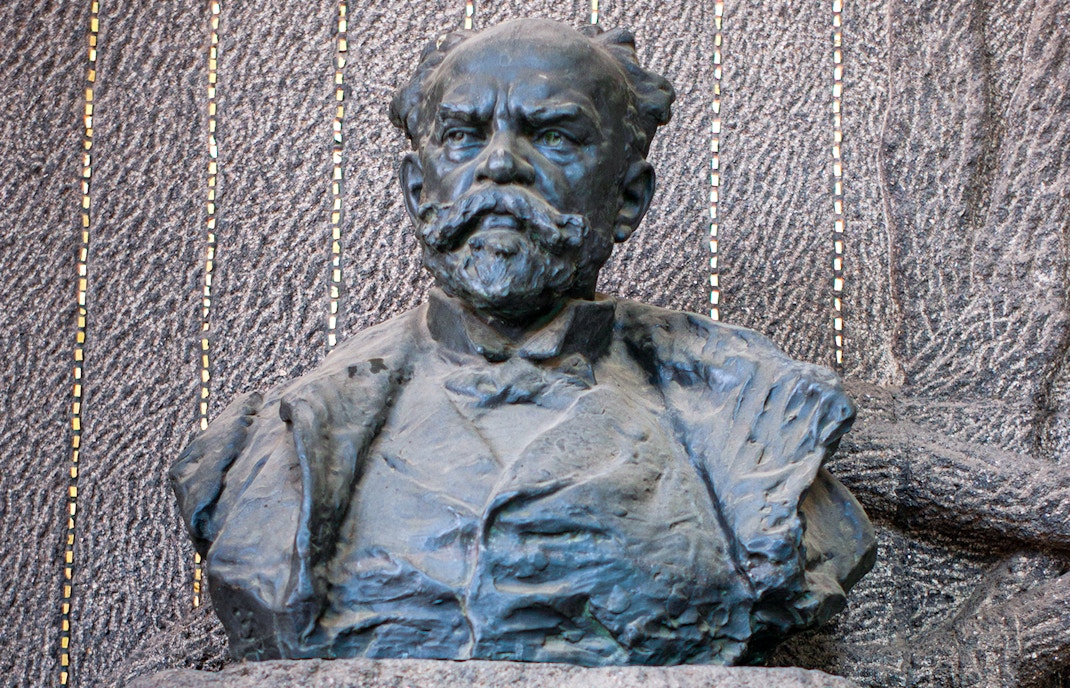
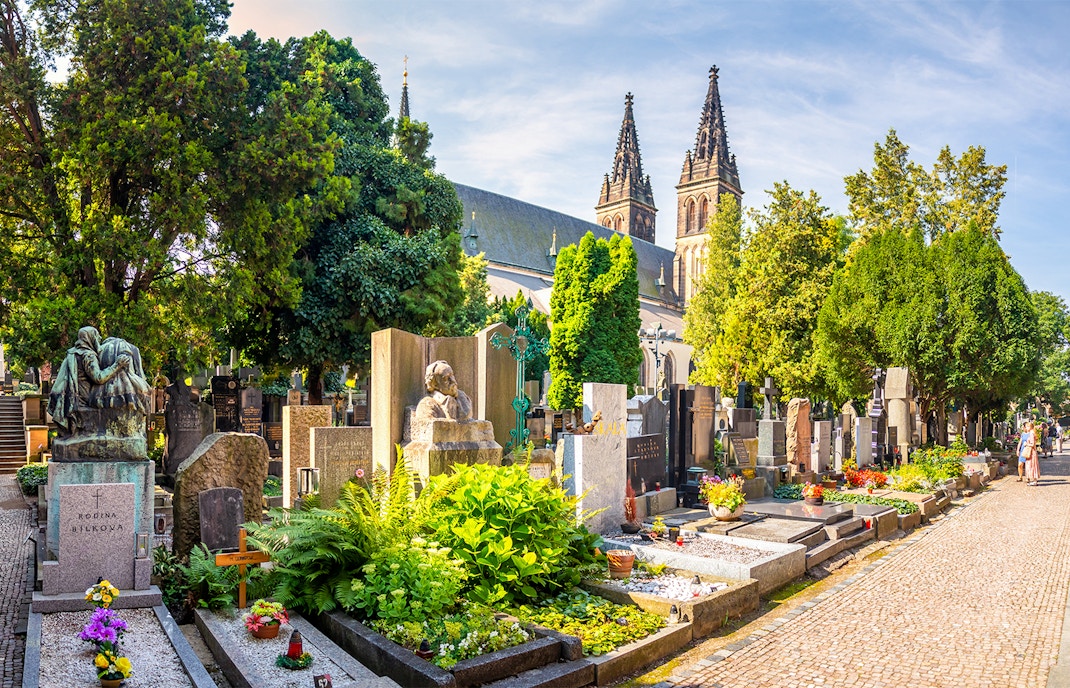
.jpg?auto=format&w=1080&h=675&q=90&ar=16%3A10&crop=faces&fit=crop)
